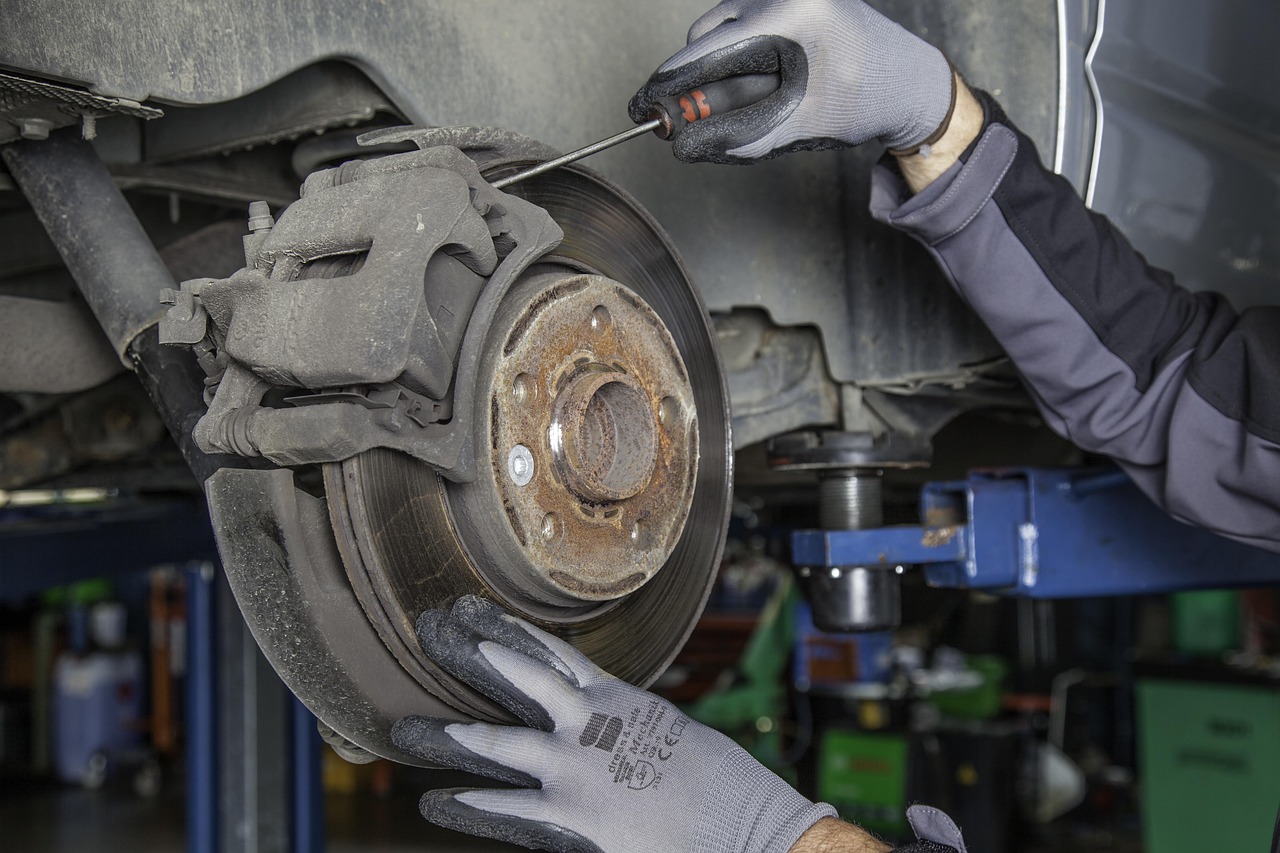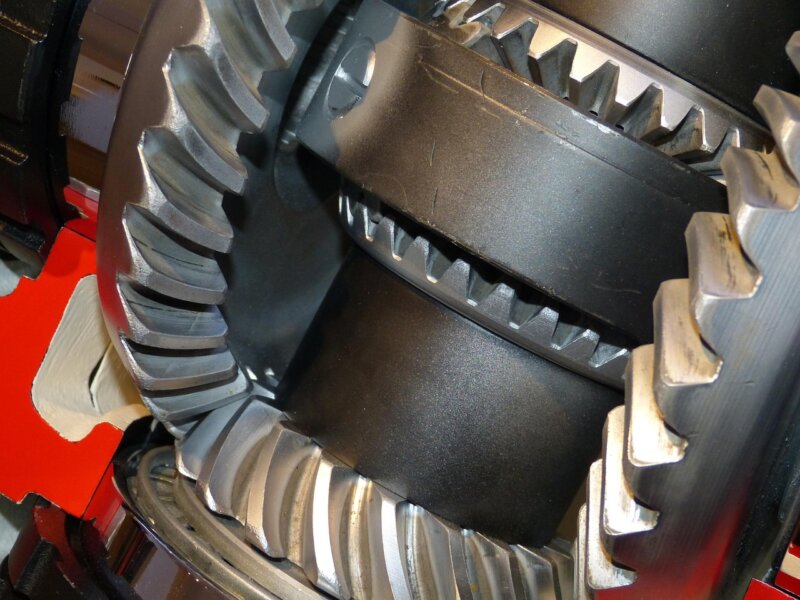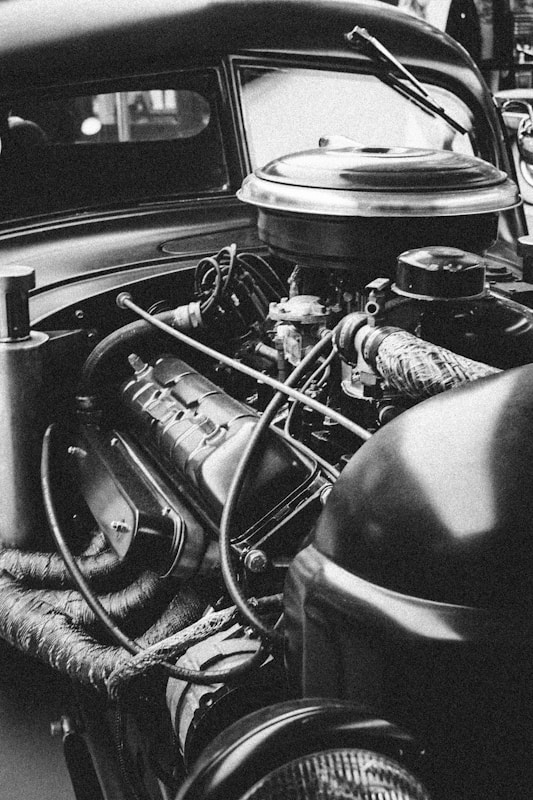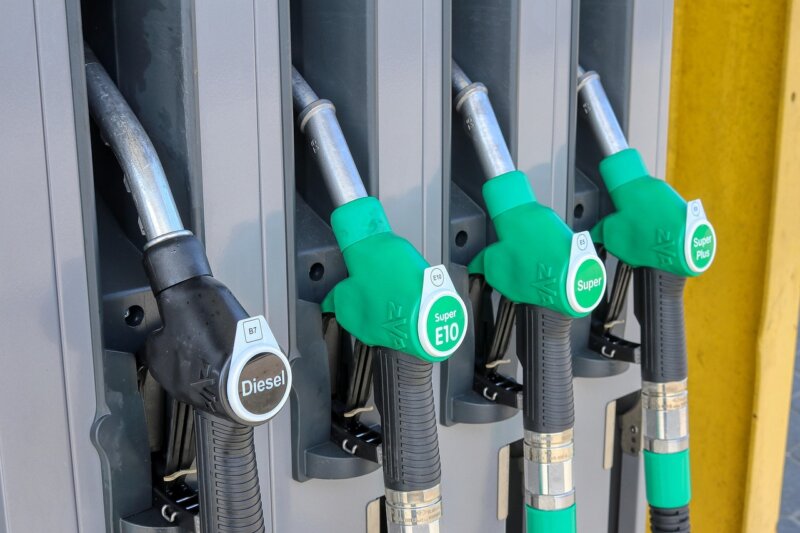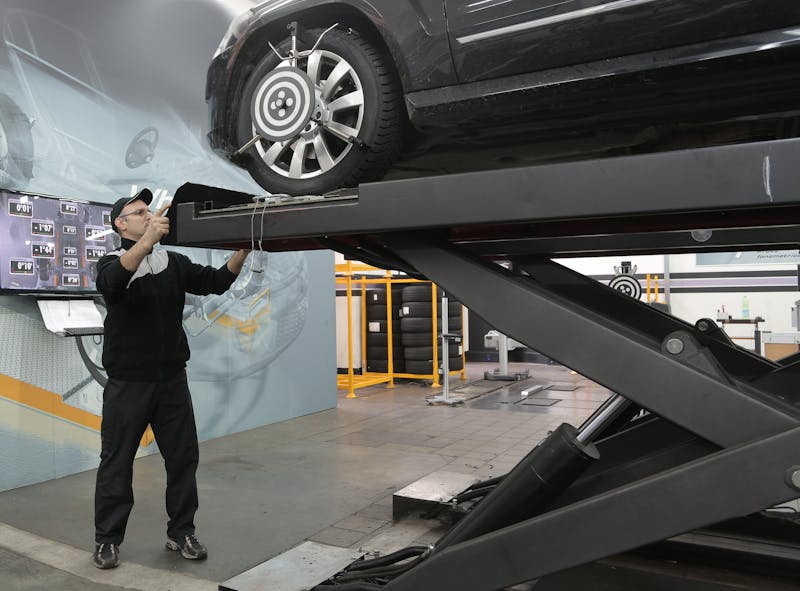Are your brakes squeaking, fading, or wearing out too fast? The pad material matters. Ceramic, semi-metallic, and organic pads change braking performance, dust production, and stopping power. Each uses different friction materials, which are the compounds that create grip on the rotor. Pick right, and your Brake Pads feel strong and quiet. Pick wrong, and you get noise, mess, and short life.
Key Factors to Consider in Brake Pad Materials
Think about heat, noise, wear, and budget. These factors affect safety and feel at the pedal. They also shape maintenance needs and cleaning time. Small choices can make a big difference in daily driving.
- Braking performance and stopping power
- Noise level and vibration
- Durability and wear resistance
- Cost comparison over pad life
- Vehicle compatibility and driving style
Performance and braking power (Key Factors)
Friction is the grip between pad and rotor. Heat dissipation is how fast a pad sheds heat. Both control braking performance.
Semi-metallic pads give strong stopping power and handle high heat well. They need less pedal pressure under hard stops. That helps during panic braking or towing.
Ceramic pads provide steady performance across a wide temperature range. They are gentle on rotors and work well in premium vehicles. Organic pads feel smooth but can compress more. That means more pedal force during quick stops.
Material choice affects durability, rotor wear, and pedal feel. It also changes how often you service the system.
Noise levels and vibration (Key Factors)
Semi-metallic pads can squeal during city driving. You may feel vibration in the pedal as they wear. High-pitched sounds often signal time for a check or replacement.
Ceramic pads run quiet on most cars. They reduce vibration and keep the ride calm. Organic pads are usually the quietest in normal use. Comfort depends on the material just as much as performance.
Longevity and wear (Key Factors)
Ceramic pads tend to last the longest. They create fine dust that does not stick, so wheels stay cleaner. That keeps maintenance simple for many drivers.
Organic pads wear faster due to softer compounds. Aggressive driving or heavy braking speeds up wear. Semi-metallic pads sit in the middle. They resist heat but often make more dust than ceramic options.
Pad life shapes cost, service timing, and rotor condition. Longer life does not help if the rotor wears out early. Balance both.
Cost-effectiveness (Key Factors)
Budget is more than sticker price. Think about pad life, rotor wear, and cleaning needs.
Organic pads are cheapest up front. The tradeoff is faster wear and more frequent replacements. Ceramic pads cost more at purchase, but they last longer and make less dust. Semi-metallic pads land in the middle on price.
Your total spend depends on driving habits and vehicle type. Heat, weight, and traffic patterns all influence real-world costs.
Ceramic Brake Pads
Ceramic pads use engineered friction materials built for stable performance. Learn how they handle heat, dust production, and noise.
Material composition and design (Ceramic)
Ceramic pads are made from dense ceramic material mixed with fine metal fibers. Many use copper or other soft metals. The matrix improves heat dissipation, which helps prevent fade, the loss of brake power when hot. The blend also keeps friction more consistent across temperatures.
The hard structure boosts durability compared to softer pads. As they wear, dust is light colored and less sticky. Wheels tend to stay cleaner. Design choices aim for low noise and smooth stops, even under heavy use.
Advantages and disadvantages (Ceramic)
Pros include quiet operation, low vibration, and light dust. They often last longer than other pads. Heat stability supports reliable braking performance in daily use.
Cons include higher cost. Stopping power can be lower than semi-metallic pads during very hard use or towing. Very cold mornings can reduce initial bite. For commuting and family cars, they are a strong pick. For severe duty, the tradeoffs may matter.
Semi-Metallic Brake Pads
Semi-metallic pads mix metals with other friction materials. They balance cost, power, and durability for many vehicles.
Material composition and design (Semi-Metallic)
Semi-metallic pads contain about 30 to 70 percent metal. Common metals include copper, iron, and steel. Graphite and fillers are added, then resin binds the mix. Metal content improves strength and heat dissipation.
Formulas vary by brand, so results can differ. These pads handle wet roads well. They can glaze if overheated. Glazing is a slick surface on the pad that reduces friction and increases stopping distance.
Advantages and disadvantages (Semi-Metallic)
Pros include strong stopping power and high temperature resistance. Pedal effort is often lower during hard stops. Many performance cars and trucks use them for this reason.
Cons include more noise and more brake dust. The harder mix can wear rotors faster. If the resin overheats, performance can feel uneven. Different blends produce different results, so quality matters.
Organic Brake Pads
Organic pads use non-metal fibers that favor quiet stops. See how they compare on cost, noise, and heat tolerance.
Material composition and design (Organic)
These pads use fibers like glass, rubber, and Kevlar mixed with resin. Asbestos was used long ago, but it is no longer used for safety. The softer composite is gentle on rotors and keeps emissions low. About 67 percent of new U.S. vehicles use organic pads.
They produce less dust and run quiet in city traffic. The tradeoff is limited heat tolerance. Hard stops and heavy loads can push them past their comfort zone.
Advantages and disadvantages (Organic)
Pros include lower price, quiet operation, and low rotor wear. Many commuters choose them to save money.
Cons include shorter life and reduced stopping power at high heat. Mountain roads and frequent hard braking can cause issues. For basic city driving, they remain a costeffective choice.
Which Brake Pad Material is Best for You?
Match the pad to your driving, not just your budget. The right material improves safety, feel, and maintenance time.
Driving conditions and vehicle type
Ceramic pads fit city commuters and luxury cars. They are quiet, clean, and steady in stop and go traffic. Organic pads can work for lighter use or short trips. They keep costs down.
Semi-metallic pads suit trucks, towing, and hilly routes. They warm up fast in cold weather and keep power under load. Many performance cars use them for strong bite and heat control.
Always follow the manufacturer guide for your vehicle type. A quick call to a trusted shop can confirm the best fit.
Personal preferences
Prefer quiet and clean wheels? Ceramic pads are a good match. They last longer but cost more.
Want maximum stopping power and firm pedal feel? Semi-metallic pads deliver. Expect more noise and more dust. Need the lowest price for calm city driving? Organic pads may work. They wear faster and dislike high heat.
Choose based on how you drive, the roads you use, and how much brake dust you will accept.
Bottom Line
Ceramic, semi-metallic, and organic pads all trade strengths. Some favor braking performance and heat dissipation. Others keep noise and dust down. Durability and cost comparison vary by brand and driving style.
Pick a pad that fits your vehicle types and daily needs. If brakes pulse, squeal, or feel weak, get a professional inspection. Brakes are a safety system. A certified mechanic should handle any uncertain diagnosis or installation.
Choose well and every stop feels confident. Your tires, rotors, and wallet will thank you over time.

